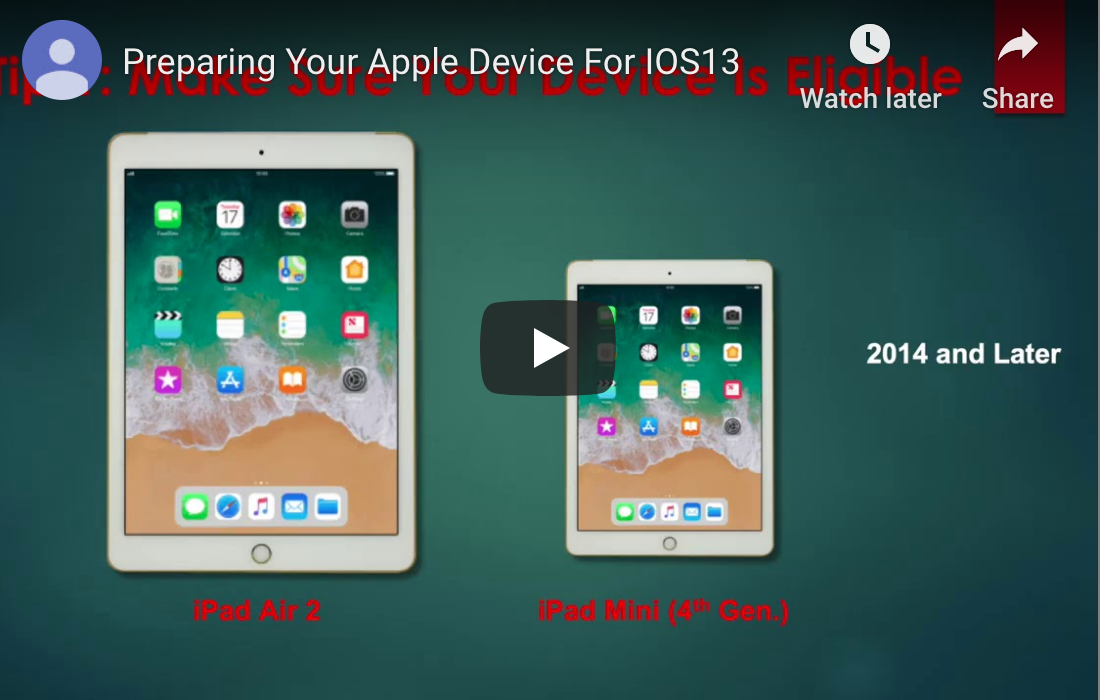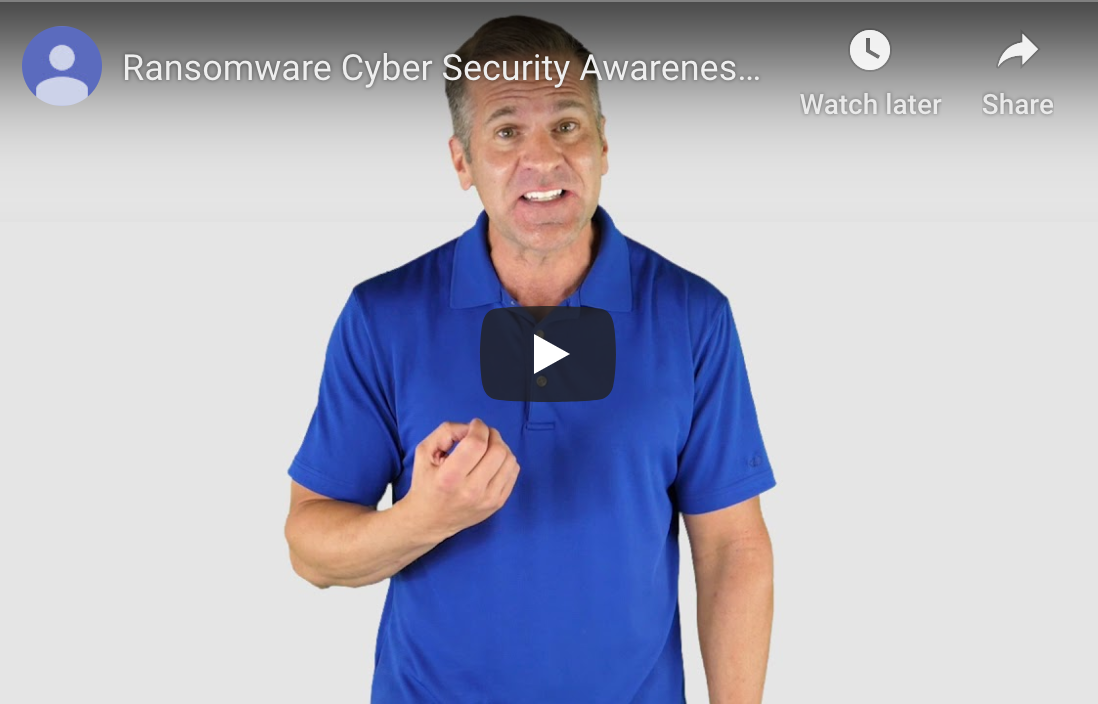Who wants to move past being a typical company with lackluster cybersecurity measures that WILL eventually lead to a data breach?

Welcome to the progressive group of business executives who take their reputation, their customers, and ultimately, their livelihood seriously. At this point in time, only 32% of executive board members are briefed on their company’s cybersecurity on a quarterly basis. What difference does their involvement make? Studies show 70% of breaches result from people and process failures within the company. This 32% of executive board members account for a unique group of people who want their business to thrive. They don’t settle for lackluster cybersecurity measures that will be their downfall.
And now we welcome you to join them…
Your internal information technology person or team will certainly thank you for advocating for more when it comes to cybersecurity. Why? Because they know the risks. Sophos found that the average cost of a ransomware attack on businesses is $133,000. Investing in cybersecurity now can save you hundreds of thousands later on.
{company} will help you reach a level of advanced cybersecurity wherein you can rest assured knowing you’re at a low risk for becoming yet another victim of an attack. If you are seriously motivated to become part of an elite group of business owners, you will be glad to hear that we’re able to make sure:
- Your board of directors is fully involved in all of your cybersecurity efforts
- Your entire staff (everyone on your payroll) is aware of proper policies and procedures
- Your complete infrastructure is protected with the right cybersecurity solutions
These 3 simple factors are absolutely crucial to setting you apart from the majority of companies with lackluster cybersecurity measures.
Our offering is based on more than simply implementing the right cybersecurity controls controls, but on helping a select group of business executives set themselves apart from the rest.
We are well-aware that this offering is not something every business executive will respond to, but the ones who do will learn the behaviors, strategies, and policies necessary to persevere for years to come.
Cybersecurity Ventures found that another organization will fall for a ransomware attack every 14 seconds. We looked at the average cost of those ransomware attacks above: $133,000. For many, this is a hard cost to bounce back from. Our team will help you learn the behaviors, strategies, and policies necessary to persevere for years to come. You’ll stay safe from:
● Malware
● DNS attacks
● Email scams and phishing
● Spyware
● Viruses
● Data leaks
● Ransomware
● Internal threats
What makes us the right choice to help you achieve all of this? Since 1988, we’ve been combining all of our expertise, experience, and different perspectives with the information we’ve gathered working with a multitude of companies to create an offering that works. We’re backed by:
- Multiple industry awards, including MSP501, the Inc. 5000, the CRN MSP 500, and more.
- Multiple industry certifications, including Microsoft, HP, VMware, EMC, Fortinet, and more.
So what do you need to do?
If you’re ready to become part of an elite group of business executives, call me right away at {phone} or send me an email at {email} to talk about our offering. The behaviors, strategies, and policies necessary to persevere for years to come are YOURS if you’ll take them.
P.S.
If you’re not ready to become part of an elite group of business executives, at least take advantage of our FREE dark web monitoring – available only to the next 14 companies that request it.
This is a HUGE opportunity to find out what sensitive data of yours might be lurking on the dark web:
- Leaked data from employees
- Financial information
- Trademark and copyright infringements
- And more
Call {phone} or email us at {email} to claim your FREE dark web monitoring before we run out of availability.








